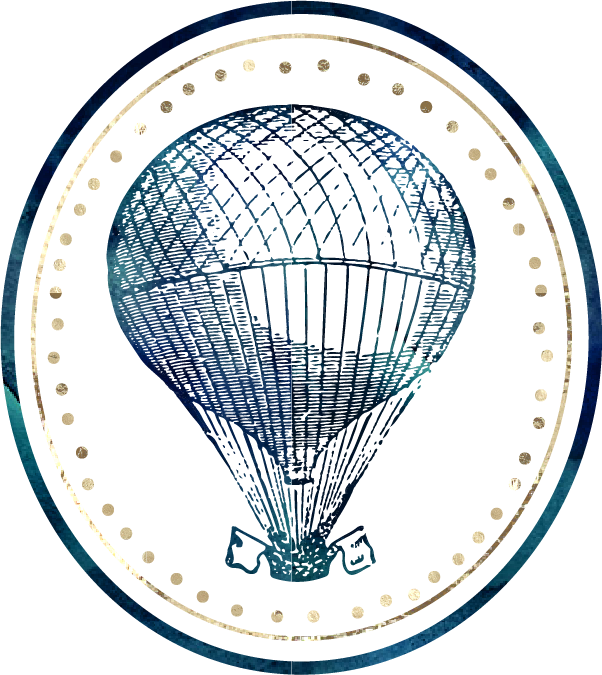If you read my post on Keeping it Together, you’ll know that one of my two main rules for air travel is to MOVE (hello airplane stretches). Granted, you’re “in motion” based on the definition of travel, but let me explain.
If you’re already following my instruction to drink LOTS of water, you’ll be getting out of your seat pretty regularly to pee. This is good for flushing toxins and staying hydrated. It’s also good for blood flow.

Consider this as a rule: Any time your seatmate (aisle or window) gets up, you should get up too. Even if you don’t have to pee. Aside from being a good chance to empty the bladder, it’s also a good reminder to get a little bit of blood flow going.
A good rule of thumb is to be sure to get up about every 3 hours MINIMUM. Some may say every hour is best, and that’s certainly ideal, but that frequency can get rather cumbersome when you’re in the window seat or trying to “sleep.” Just do the best you can.
Do NOT be afraid to make the person in the aisle seat get up. They need to get the blood flowing too- whether or not they realize it. Think of it as doing them a favor. Also, it is my firm belief that it is the duty of the aisle-sitter to be courteous of the window-sitter’s needs.

That said- be mindful of what’s going on when you ask them to get up- don’t do it when they have a big tray of food or more than one drink sitting in front of them. Be courteous and you’re more likely to have courteous behavior returned.
I have been in situations where I’m in the window seat and the person is (or even two people are) DEAD asleep as soon as the plane takes off. If it’s going to be a long journey and you’re expecting them to sleep, ask before they head to lala land if they would rather you wake them up to pee or if they want to you climb over.
I’m not above spider monkeying over someone in an Ambien coma if I need to get up, but it’s not preferable.

If you definitely can’t get up for one reason or another, at the very least, do some leg and foot stretches.
This helps prevent blood clots and keeps your blood flowing around your body.
Simple 3-Step Airplane Stretches:
- Extend your legs straight out and flex your ankles (pulling your toes toward you, pointing them away and rolling the ankle around in a circle).
- If you can, pull each knee up toward your chest and hold for 15 seconds while you flex and roll your ankles. Do 10 reps on each side.
- With your left knee pulled up toward you (heel on the edge of your seat if you can) twist your torso to the left, hooking your elbow on the outside of your bent left knee. Take a few deep belly breaths. Repeat on the right.
I’ll often do this routine during a time in the flight when my tray table is up and I’m watching a movie.

Especially on long flights, I’ll extend my time upright after I’ve used the bathroom or when I get up because my seatmate did.
You can usually find a reasonable amount of space near an emergency exit or in the gally areas of the cabin to do some stretching and movement. Just make sure you’re not in a flight attendant or passenger’s workspace or personal space.
I find that yoga twists help keep gas from gathering in my guts and some easy stretches like forward folds, side body stretches, wall sits, and calf, bicep, and thigh stretches do wonders for circulation and loosening kinked muscles.
I aim for the big muscles for the most bang for my stretch. The goal is just to get your blood moving around the circulatory system and keep your muscles loose.
Another easy and inexpensive way to help circulation is to wear compression socks on the plane to assist circulation in the lower extremities. For any flight over 2-3 hours or so, I ALWAYS switch to compression socks shortly before or after takeoff.


 The TWA Hotel
The TWA Hotel Sailing a Schooner on Elliott Bay
Sailing a Schooner on Elliott Bay “Hiking” Mt. Rainier
“Hiking” Mt. Rainier Dry Shampoo. Say it again.
Dry Shampoo. Say it again.





Leave a Reply